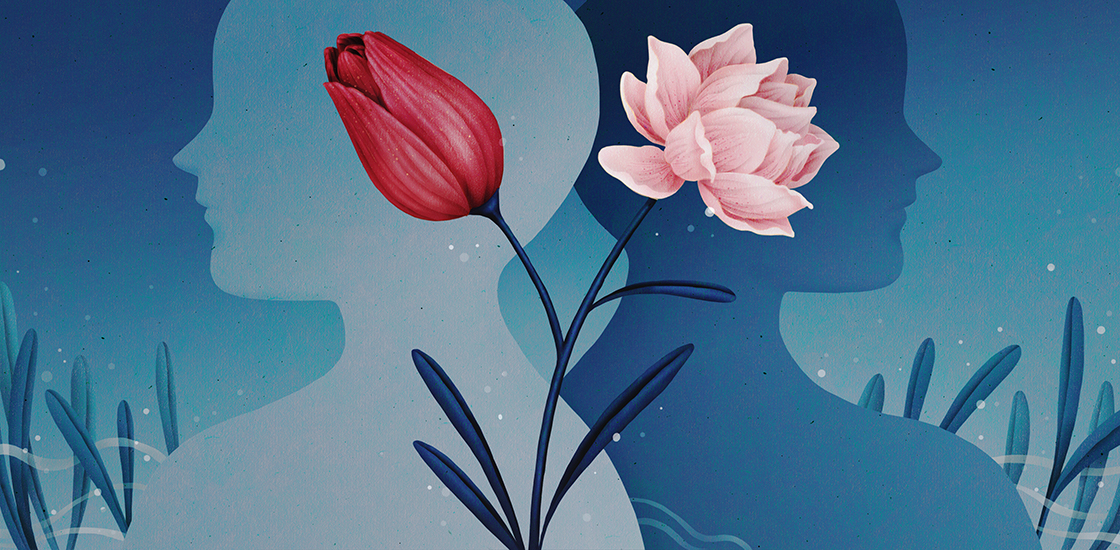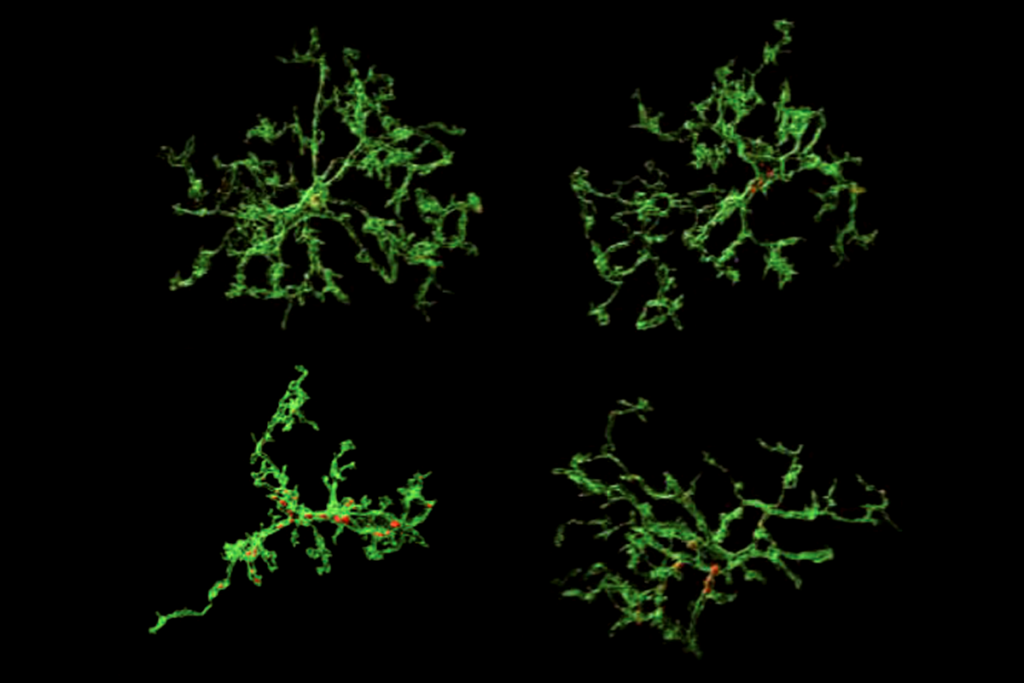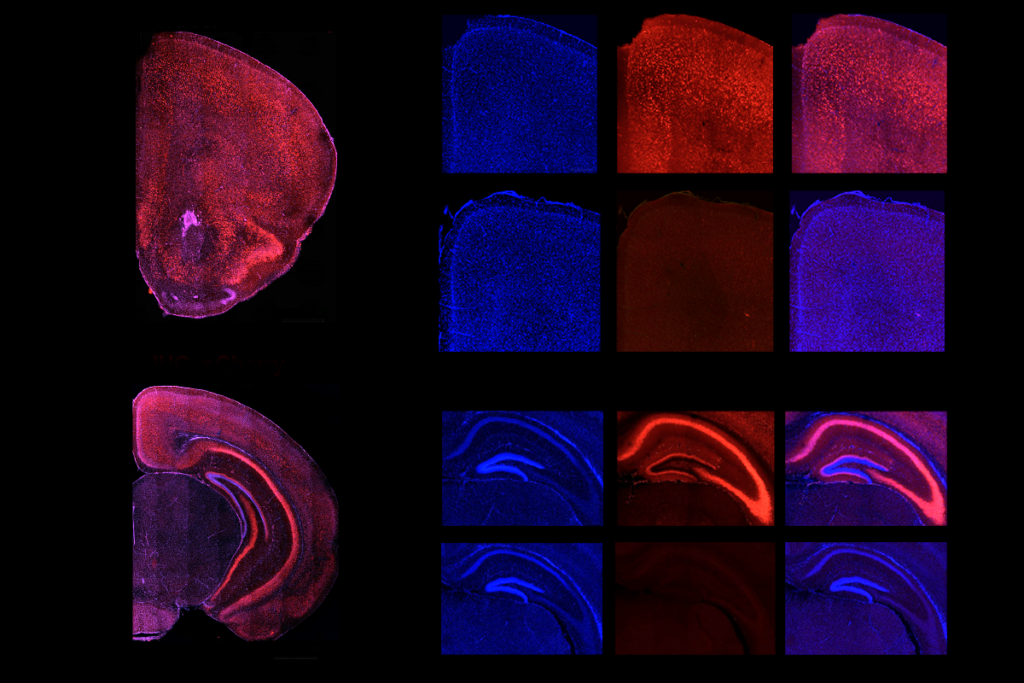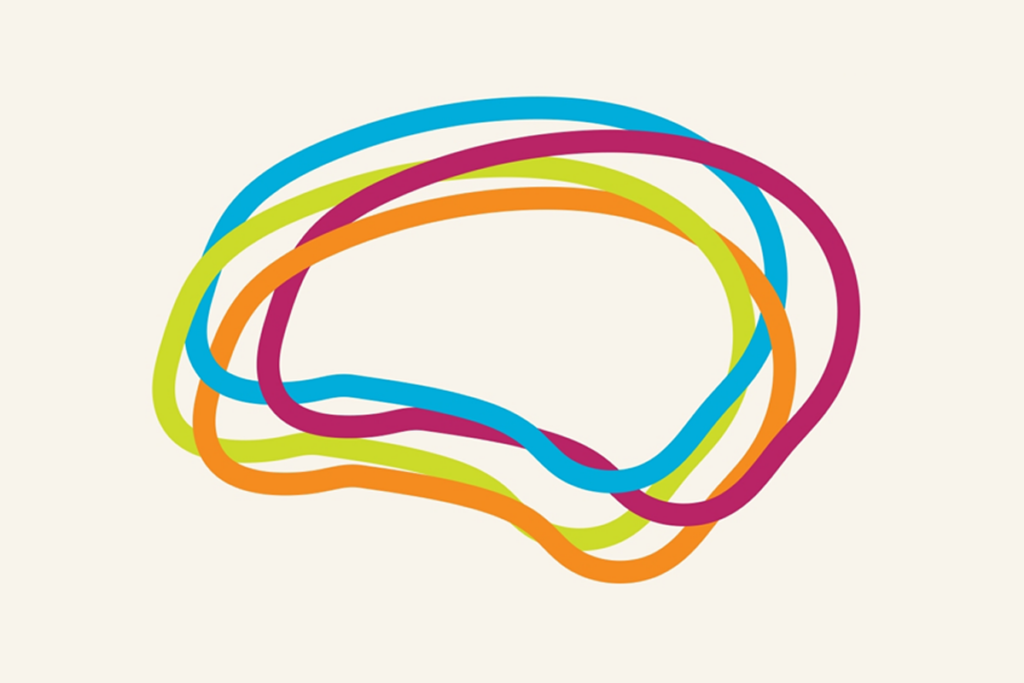Same DNA deletion paves paths to autism, schizophrenia
Deletion of a section of chromosome 22 can cause psychosis in one individual and autism in another, via independent biological pathways.

From their earliest descriptions, schizophrenia and autism have been inextricably linked.
In the early 1900s, Swiss psychiatrist Eugen Bleuler coined the term ‘schizophrenia’ to mean the splitting of psychic functions. People with the condition tend to have false beliefs, called delusions, and sometimes experience hallucinations, seeing or hearing things that aren’t there.
Within his description of schizophrenia, Bleuler used the term ‘autism’ to mean a withdrawal from reality. He considered autism to be a feature of schizophrenia, rather than a separate condition.
Similarly, after Leo Kanner first described autism in 1943, some clinicians called the condition ‘childhood-onset schizophrenia.’ But in the 1970s, evidence began to mount that autism and schizophrenia are distinct conditions that differ in when their features appear and what those features are. This view has gone largely unchallenged, until recently.
Studies from the past several years show that the same genetic glitch — deletion of a stretch of DNA on chromosome 22 — raises the risk for both conditions. Up to 30 percent of individuals missing this region, called 22q11.2, develop a psychotic disorder — most commonly schizophrenia. And up to 50 percent are diagnosed with autism.
It’s possible that despite the same genetic cause, these seemingly disparate conditions manifest differently because their features show up at distinct times: autism during early childhood and schizophrenia during adolescence.
In fact, prominent researchers, such as Maria Karayiorgou, professor of psychology at Columbia University, have proposed that the social dysfunction in children with 22q11.2 deletions is an early manifestation of schizophrenia that is misinterpreted as autism. They suggest that the dominant cause of autism is a duplication, rather than a deletion, in the 22q11.2 region.
But we believe that the deletion is also an important cause of autism. The biology as well as characteristics of autism stemming from the deletion are quite distinct from those of schizophrenia arising from the same genetic glitch — a phenomenon known as pleiotropy.
Spectrum of signs:
First, if all deletions of 22q11.2 were truly associated with schizophrenia (and not autism), as some contend, we would expect that a diagnosis of autism in childhood in these cases would be associated with an increased risk of schizophrenia later in life.
But there is no such association. In 2013, psychiatrist Jacob Vorstman and his colleagues at the Utrecht University Medical Center in the Netherlands reported that adults with 22q11.2 deletions who had shown signs of autism during childhood did not show an increased risk for schizophrenia in adulthood1. The researchers have since followed children with 22q11.2 deletions over five years. Again, they found that those diagnosed with autism are no more likely to develop schizophrenia than those without autism.
Findings from my laboratory provide additional evidence that two distinct conditions can arise from a 22q11.2 deletion2. Using a network analysis, we identified a group of genes that show atypical expression patterns in individuals with a 22q11.2 deletion and psychosis. These genes play a role in regulating other genes.
We identified a separate group of genes that are differentially expressed in people with a 22q11.2 deletion and autism. These genes are involved in the body’s immune response. And, interestingly, they show significant overlap with genes previously linked to ‘idiopathic autism,’ in which a person’s autism involves no clear genetic cause.
What’s in a name:
Another important question is whether autism in children with the 22q11.2 deletion is the same as idiopathic autism. It is most likely that children with the 22q11.2 deletion share some features with children who have idiopathic autism, but that they also have unique behavioral characteristics. For instance, children with a 22q11.2 deletion who have an autism diagnosis tend to repeat the same question, which is not typical of autism.
This unique profile is consistent with findings from previous studies suggesting that ‘syndromic’ forms of autism associated with a particular genetic variant have characteristic features.
In 2014, Hilgo Bruining and his colleagues at the Utrecht University Medical Center showed they could predict which of six autism-related syndromes a person has by his or her profile on a diagnostic test, the Autism Diagnostic Interview-Revised (ADI-R). One of the six was 22q11.2 deletion syndrome. This finding points to ‘signature’ behavioral profiles that track with underlying genetic risk factors.
Ultimately, what we call a particular condition matters less than understanding how its underlying cause triggers certain behaviors. There is increasing interest in conceptualizing what we now know as ‘autism’ and ‘schizophrenia’ from a dimensional rather than categorical perspective. That is, researchers are viewing features of conditions along a continuum that is rooted in biology rather than simply grouping features together under a name.
Although we believe that autism associated with 22q11.2 deletion is separate from schizophrenia linked to the genetic anomaly, seeking a better understanding of the similarities and differences between the two conditions is important. That knowledge can bring us closer to the goal of developing better treatments for features that cross diagnostic boundaries.
References:
Recommended reading

Constellation of studies charts brain development, offers ‘dramatic revision’

Functional connectivity links with autism, not ADHD; and more

Ramping up cortical activity in early life sparks autism-like behaviors in mice
Explore more from The Transmitter

‘How to Change a Memory: One Neuroscientist’s Quest to Alter the Past,’ an excerpt
